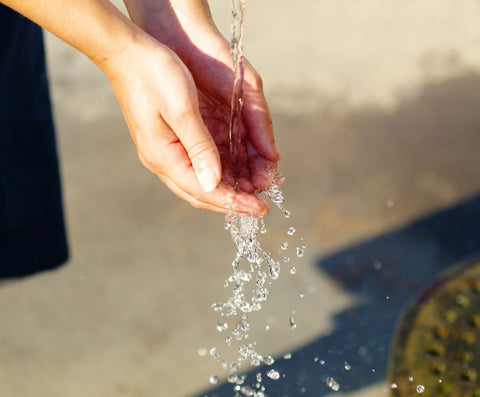What happens when oxidative stress increases in the body?
March 2, 2021
What happens when oxidative stress increases in the body?
What is going on in the human body when it is exposed to oxidative stress?
In this article, I will explain it a little easier to imagine. In the previous article, “What is Oxidative Stress?“, I explained what oxidative stress is. In this article, I explained that hydrogen peroxide and hypochlorous acid, which cause oxidative stress, are produced in the body.

The difference between “hypochlorous acid” and “sodium hypochlorite” is “pH”, which indicates the difference between acidic and alkaline.
Originally, hypochlorous acid has stronger disinfecting power than hypochlorous acid, but I’ll explain it using chlorine bleach with “sodium hypochlorite” for simplicity.
However, just swallowing the bacteria is not enough to kill them, so the body activates oxygen to produce hydrogen peroxide and hypochlorous acid. These are used to disintegrate the bacteria and kill them. At the end of the process, they are thrown away.

When you touch bleach with your bare hands for a long time, don’t your hands tingle?

To be more specific, the cause of oxidative stress is reactive oxygen species.
The bubbles you see when you put oxydol on a wound.
This is because hydrogen peroxide, the source of oxydol, reacts with oxygen (oxidation) to sterilize the wound.
Oxygen is absolutely necessary for human life. Mitochondria, the nuclei of the body’s cells, need oxygen in order to produce energy from the sugar and protein we consume in our diet.
When this oxygen is not fully used and is left over in the body, a large amount of reactive oxygen species, the cause of oxidative stress, is produced. Oxidation itself is necessary for the body, but in this article, I would like you to understand that excessive oxidation caused by excessive reactive oxygen species has a negative effect on the body.

